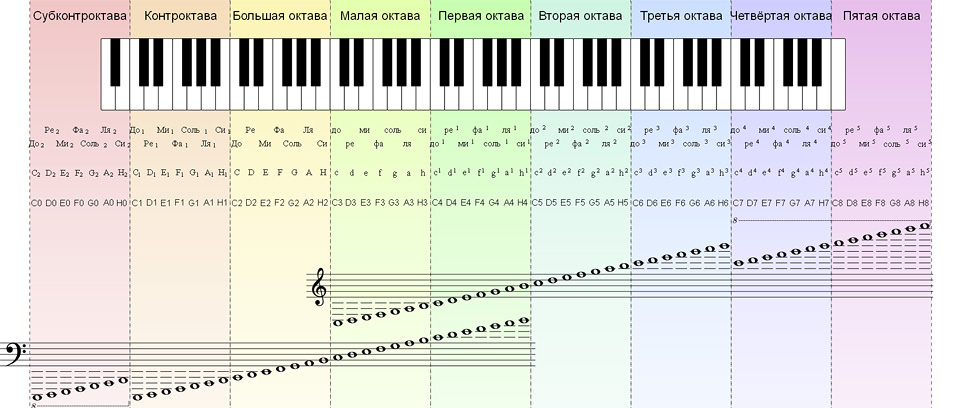Tuned jaw harps - number of different models in stock
Jaw harp considered as "Tuned" if its frequency match known note (keys) frequency with +/- 10 cents precision (as A=440Hz as standard)
| Octave → Note ↓ | 0 | 1 | 2 | 3 |
|---|---|---|---|---|
| C | - | 1 | 27 | 2 |
| C# | - | 0 | 13 | 1 |
| D | - | 2 | 19 | 0 |
| D# | - | 1 | 3 | 0 |
| E | - | 2 | 10 | 1 |
| F | 0 | 3 | 11 | 1 |
| F# | 0 | 5 | 6 | 0 |
| G | 0 | 5 | 12 | 1 |
| G# | 0 | 2 | 3 | 0 |
| A | 0 | 9 | 9 | 0 |
| A# | 0 | 3 | 2 | 1 |
| B | 0 | 13 | 2 | 0 |
Sound pitch and notes in stock
Frequency range shown on chart is not a single exemplar's range property but is statistical deviance of base frequency between different exemplars. Big range says that there are chances to fin one low, on high instrument for example; narrow range means that any exemplas will have the same base frequency.
Notes and Octaves

By Sergey Pushkin (Own work) GFDL
